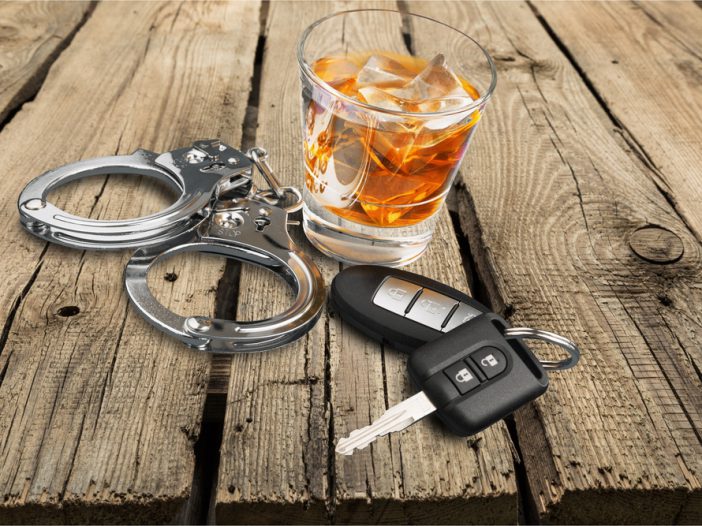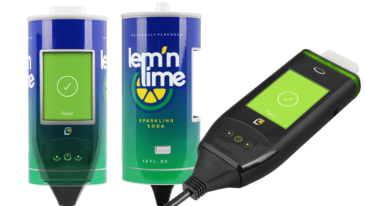
Unfortunately, drunk driving remains a serious issue in America. According to the NHTSA, 27,133 people died in traffic accidents; of those, 10,874 (29%) were related to drunk driving. The most terrifying of these statistics is the fact that of the tens of thousands of drunk drivers on the road at any given time, only a small percentage get caught and face punishment for their reckless actions.
Naturally, of those who are arrested for a DUI, the specific circumstances of their arrest and their driving history play large roles in determining the punishment they’ll receive. Some first-time offenders may only receive an infraction or misdemeanor DUI, whereas more serious cases or repeat offenders might be slapped with aggravated driving under the influence. Now, you may be curious about what criteria separates one from the other. Below, we’ll discuss in-depth so that you know the difference between a regular DUI and an aggravated DUI conviction.
What’s a Misdemeanor DUI?
Typically, a misdemeanor DUI will be given to a driver that is older than 21 and was pulled over with a blood alcohol content ranging between .08 and .15. For a first-time offender, punishment will include some, if not all of the following repercussions:
- 12-month long mandatory ignition interlock device sentencing
- 1 – 10 days of jail time
- $1,000 in assessment fines
- Additional fines ranging from $200 to $3000
- Temporarily suspended license
- 3 months of driving school
A second offense for driving while intoxicated will entail many of the penalties listed above, but only harsher, including longer jail time, higher fees, and guaranteed IID requirements. Depending on the circumstances, it can very easily turn from another misdemeanor into a felony offense. Further, a third misdemeanor DUI within a 7-year window will likely be charged as a felony.
What’s an Aggravated DUI?
Unlike a normal DUI, an aggravated DUI is a serious criminal offense wherein you’ll be charged with a felony, which includes minimum probation, prison time, and other similar penalties. It’s known as an aggravated DUI or extreme DUI because there are triggering aggravating influences that happened at the time of the DUI arrest. These can include:
- Driving without an IID – If you’ve been court-ordered to have an IID installed and then not only get caught driving without one, but also caught driving drunk, you’ll face felony DUI charges.
- High BAC – If you have a blood alcohol concentration higher than .15, that alone could be reason enough for an aggravated DUI; however, it’s typically reliant on other actions such as reckless driving.
- Driving drunk with a child under 15 – If you have a blood alcohol concentration higher than .08 and there’s a child in the vehicle, your reckless endangerment of the child will be considered felonious.
- Reckless driving – If you’re speeding, fleeing from cops, violating traffic laws, or driving in a dangerous manner, that could be taken into account and upgrade your DUI from misdemeanor to felony.
- Damage or death – If you harm others, their property, or if someone dies as a result of your driving under the influence, you’ll be thrown the book. Any related fatality is an automatic felony charge.
- Driving without a license – If you drive drunk without having a full license, you automatically aggravate your circumstances.
- 4 prior DUI convictions within 10 years – If you manage to get caught with a drunk driving violation on four separate occasions, you’ll be charged with a felony and likely never be able to regain your license again.
- Driver is under 21 – If you satisfy some of the conditions above and are under the age where you can legally drink, your sentencing will automatically be harsher.
Penalties for a felony aggravated DUI include the following punishments:
- Mandatory state prison time
- Loss of license
- Massive fines
- Several years of alcohol treatment and education
- Several years of weekly driving classes
For example, in California penalties will look like:
- 3-year minimum time in California state prison
- $5,000 in assessment fees
- Fines ranging from $1,000 – $5,000
- Loss of driver’s license for 1 to 10 years
- Minimum of 1 year with an IID once driver’s license is returned
- 24 months of driving school
- Alcohol rehabilitation
- 5-year probation
- Habitual traffic offender status for at least 3 years
Driving Safely
At Low Cost Interlock, it’s not only our job, but our vocation to encourage every person on the road to drive safely. Simply put, it’s never worth it to get behind the wheel of a motor vehicle while drunk. Even if you have the best of intentions, you endanger others just by sharing the road with them—and if you hurt someone along the way, it could instantly land you in jail with an aggravated DUI conviction. Don’t put yourself in that position!
If you’ve already done your time and are attempting to get back on the road, you may be required to have an IID installed in your vehicle. That’s where we come in. LCI is standing by, ready to help you repay your dues to society. Our pricing is transparent, we operate in more than 25 states, and our devices are accurate and easy to use. Reach out today and one of our helpful customer service experts will be happy to get you started.
Sources:
MADD. New NHTSA Numbers Show Drunk Driving Still the Leading Cause of Highway Deaths. (2018). https://www.madd.org/press-release/new-nhtsa-numbers-show-drunk-driving-still-the-leading-cause-of-highway-deaths/
CADMV. Arrest for Driving Under the Influence DUI General Information. https://www.dmv.ca.gov/portal/dmv/detail/dl/driversafety/dsalcohol
Verywellmind. Are DUI’s a Felony or a Misdemeanor? (2018). https://www.verywellmind.com/is-a-dui-a-felony-67124


